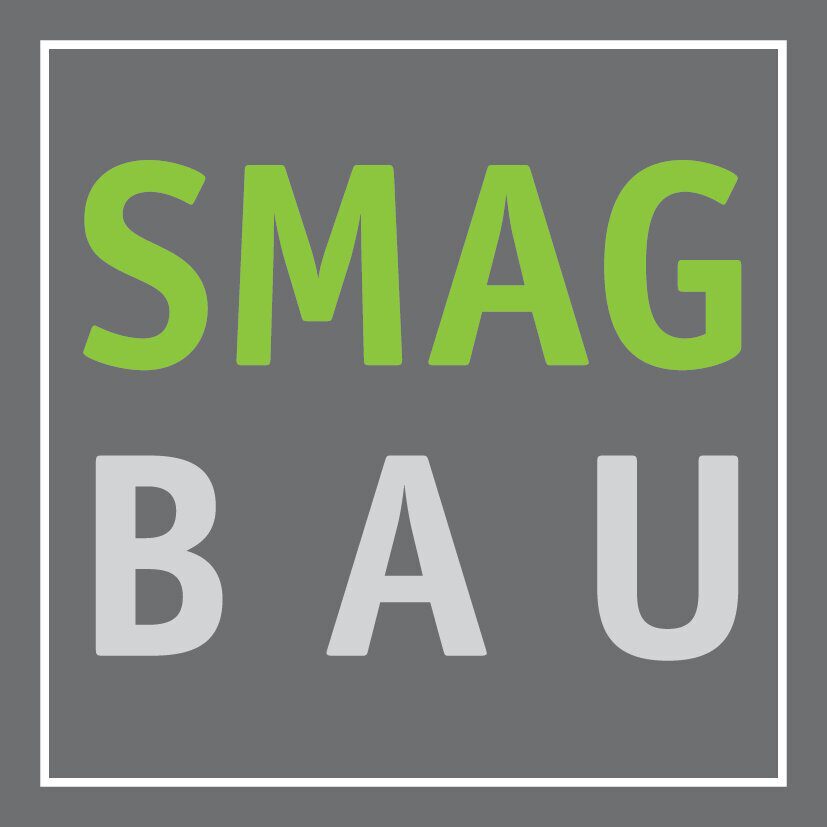Content
Often, in the application’s lifetime, the development process is ongoing; with the dev team adding new features, making upgrades, or developing new versions of the product. Application Lifecycle Management is an integrated system of processes and tools that manage the life of an application from conception to its dissolution. During maintenance, software updates and bug fixes may be applied to improve the application’s performance. The maintenance stage also involves providing support for the application users and resolving any issues arising from the application’s operations.
However, unlike traditional software development that addresses security as a separate stage, SDLC addresses security every step of the way through DevSecOps practices. SDLC or the Software Development Life Cycle is a process that produces software with the highest quality and lowest cost in the shortest time possible. SDLC provides a well-structured flow of phases that help an organization to quickly produce high-quality software which is well-tested and ready for production use. In contrast to the old-school approaches, mostly demanding teams to work independently, thus, separately — creating silos, thus, bottlenecks in cross-team collaboration.
Brief Guide to Application Lifecycle Management (ALM)
In contrast, SDLC is a linear method that calls for a set of processes to be carried out in a particular order. Consequently, the Agile methodology emphasizes adaptability, quickness, and communication between development teams and end users. With a waterfall methodology, each stage of the development cycle is finished before moving on to the next. As we saw in the paragraphs above, ALM is nothing more than a methodology used to design and create software to address problems that would have been caused by using a traditional approach to software development. This section deals with the management of requirements and resources.
- Application Lifecycle Management involves all the processes from the inception or idea for an application right through its development, implementation, and eventual retirement.
- ALM tool’s functionality includes managing requirements in an efficient and effective way.
- In DevOps, this ALM phase it covers “release,” “config,” and “monitor”.
- Deployment – finally, the software is released to users, and this is another process that will vary from project to project and organization to organization.
- WINaTALENT helps you find the professional development and maintenance team.
- It’s also important to note that, in this stage, the team can follow a software development methodology that will help carry the whole process on smoothly.
Defining the application’s requirements may also include processes like resource management, user data and security, and any additional information needed to complete the application. ALM codifies the steps of software development, which helps each team manage the development process. Application lifecycle management provides a structure to software development with five distinct stages. Our expert introduces you to ALM, how it works and its key benefits. With the adoption of faster and newer development life cycles, organizations are moving away from older SDLC models .
ALM vs. SDLC
Further, as conditions in the real world change, we need to update and advance the software to match. For example, define a nomenclature for files or define a variable naming style such as camelCase. This will help your team to produce organized and consistent code that is easier to understand but also to test during the next phase.
Thus, ALM supplies the scaffolding within which software gets developed, tested and maintained. By design, it also includes safeguards and checkoffs to ensure that software meets compliance, governance, efficiency, usability, performance and other benchmarks what is a alm before being released into production. This is the stage you actually make your application and bring it to life. Depending on the methodology you use and the application administration, the development stage can vary, but the SDLC cycle remains the same.
Mendix amplifies Agile development
At this stage, the goal is to deploy the software to the production environment so users can start using the product. However, many organizations choose to move the product through different deployment environments such as a testing or staging environment. The Lean methodology comes to cover the shortcomings in Agile frameworks, and provides extra support in the flexibility offered by the latter. As one can understand, the stages of ALM are intimately interconnected. Completing these stages successfully maximizes the value the application brings to the company, and its customers.
We’re the world’s leading provider of enterprise open source solutions—including Linux, cloud, container, and Kubernetes. We deliver hardened solutions that make it easier for enterprises to work across platforms and environments, from the core datacenter to the network edge. If you want to take full advantage of the agility and responsiveness of DevOps, IT security must play a role in the full life cycle of your apps.
The Low-Code Application Development Lifecycle
ALM tools let you create and manage your test cases, offering sorting and filtering capabilities. Some solutions enable you to define specific tests and parameters for the test cases. Developers https://globalcloudteam.com/ that need to work with distributed quality assurance teams would prefer solutions that provide a test suite or pre-defined test set, so they can group and assign test cases for tracking.

Application Life cycle management is a proven methodology widely adopted across industries to plan, design, create, and deliver applications. DevOps and Agile are utilized with ALM because they further structure the software development process. So, ALM further comprises operational components like change control, user acceptability testing, and release management. We have implemented Rally in my previous organization to track down dev & testing team effort to quickly develop high-quality software for our organization. Features like portfolio management, rally insights, iteration planning were in daily use for us.
Iterative Model
It can handle end to end development lifecycle stages from Requirements to Release. Maintenance or user experience is traditionally the longest stage of ALM. Still, it is also the one where the participation of the testing and development teams is usually the lowest. Agile development focuses on delivering working applications as quickly as possible. This is achieved by responding and adapting to feedback and changes continuously throughout the entire development process, which requires a tried-and-true development process. Download our eBook to discover how low-code with Mendix can accelerate Agile practices through the entire application lifecycle process.

